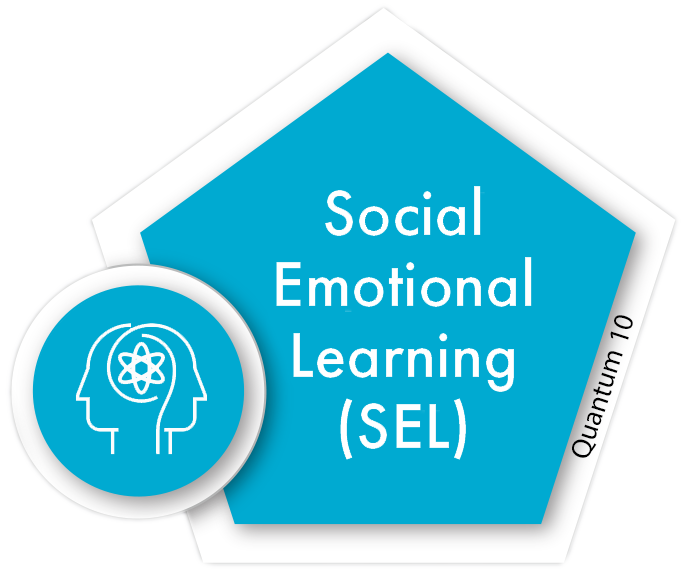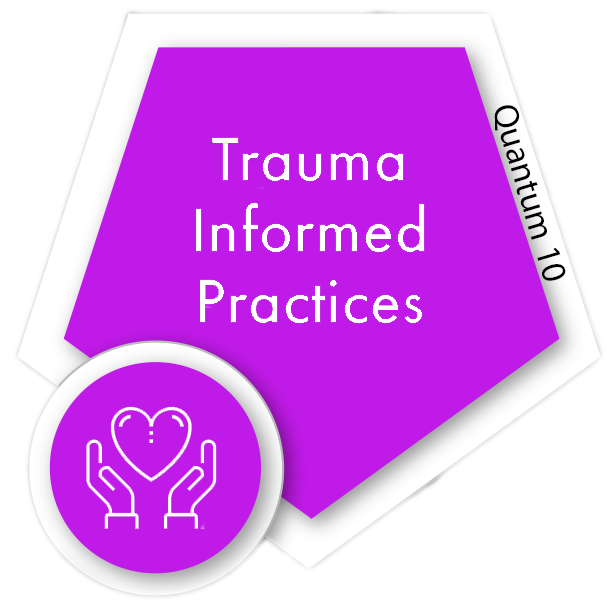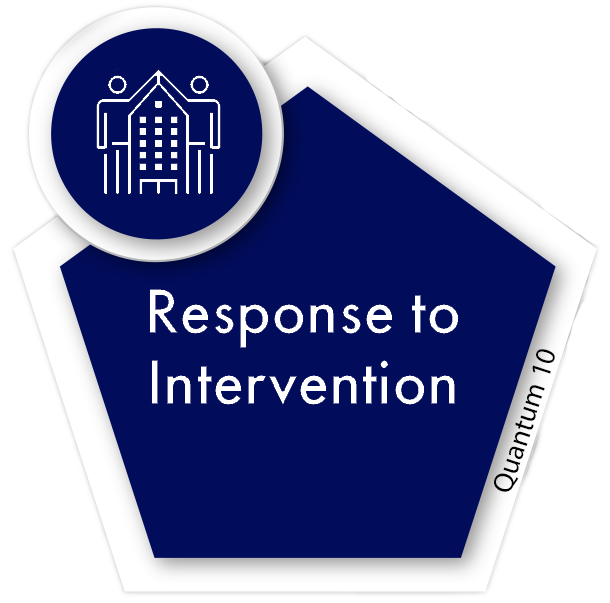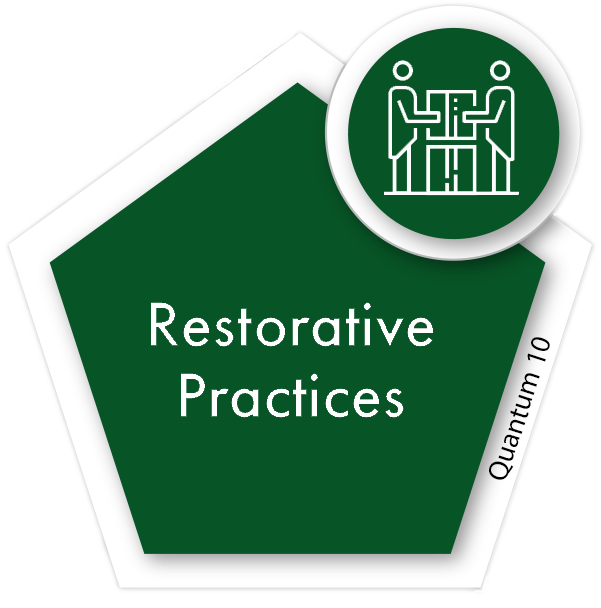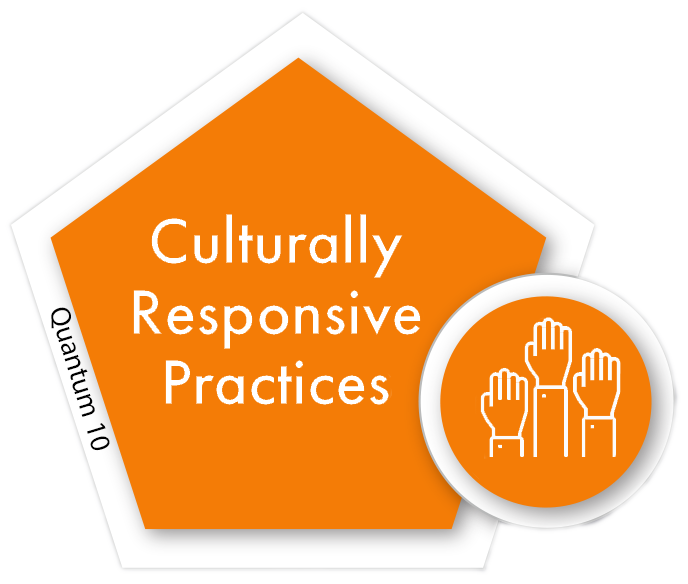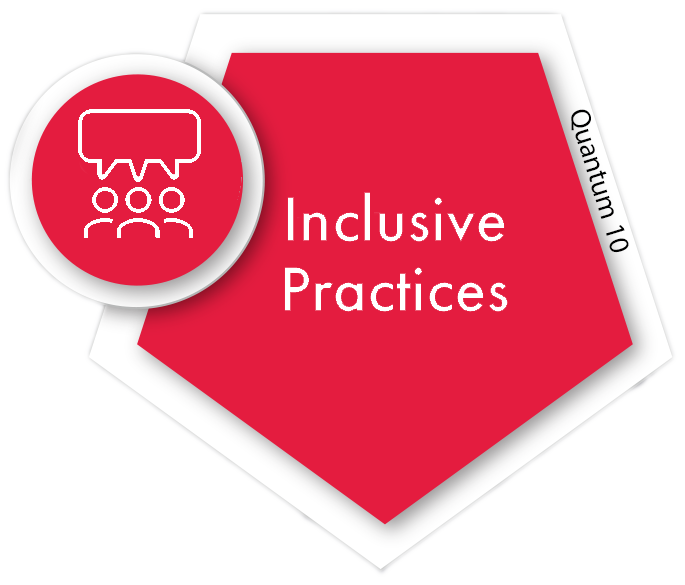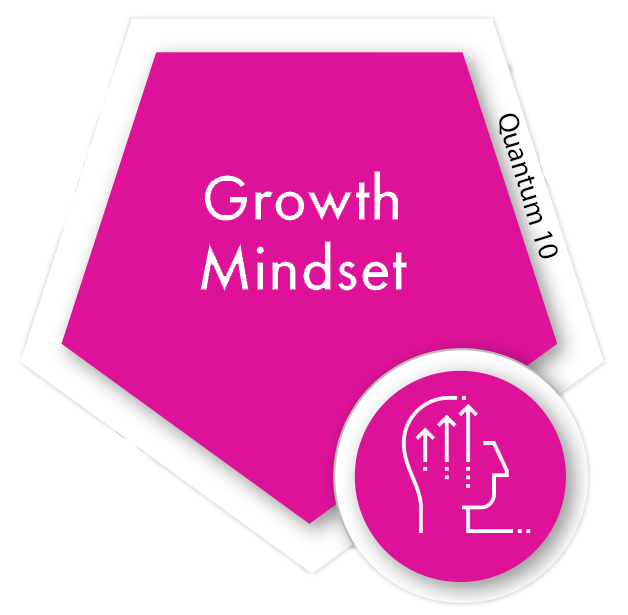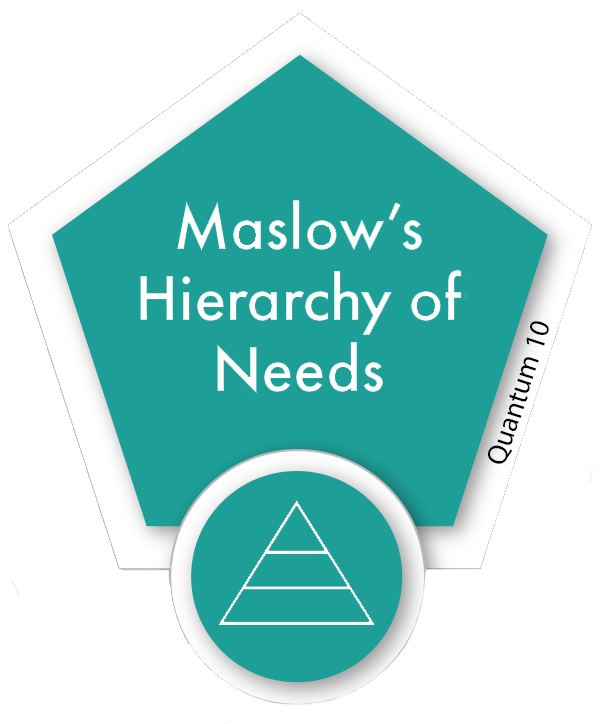Culturally Responsive Practices (CRP)
The Quantum 10 Elements
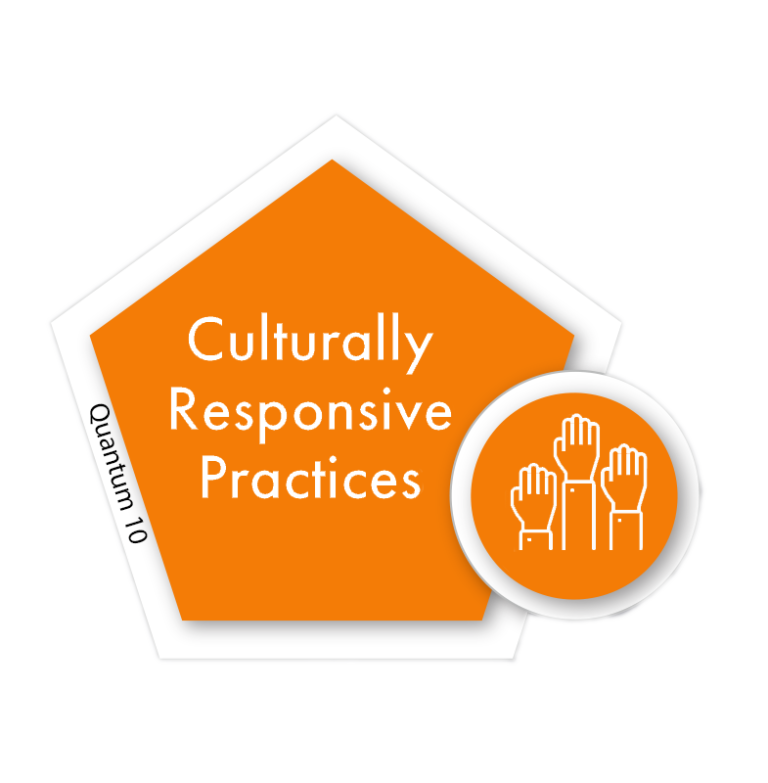
Culturally Responsive Teaching
Resource Center
Culturally Responsive Teaching
Culturally Responsive Practices is a pedagogy that recognizes the importance of including students’ cultural references in all aspects of learning (Ladson-Billings, 1994).
Research shows that culturally responsive teaching uses “the cultural knowledge, prior experiences, frames of reference, and performance styles of ethnically diverse students to make learning encounters more relevant and effective for them” (Gay, 2013).
For example, using cultural:
- characteristics
- experiences
- perspectives of ethnically diverse students
Resource Center
Click the links below to learn more about how you can implement Culturally Responsive Practices into your classroom:
- 5 Culturally Responsive Teaching Strategies by Kristin Burnham
- Culturally Responsive Instruction: Best Practices and Supports by Cora Goldston
- Culturally Responsive Teaching by Gary Howard Equity Institutes

